News October 24, 2025
Mesolithic Tools Found in Northern Ireland
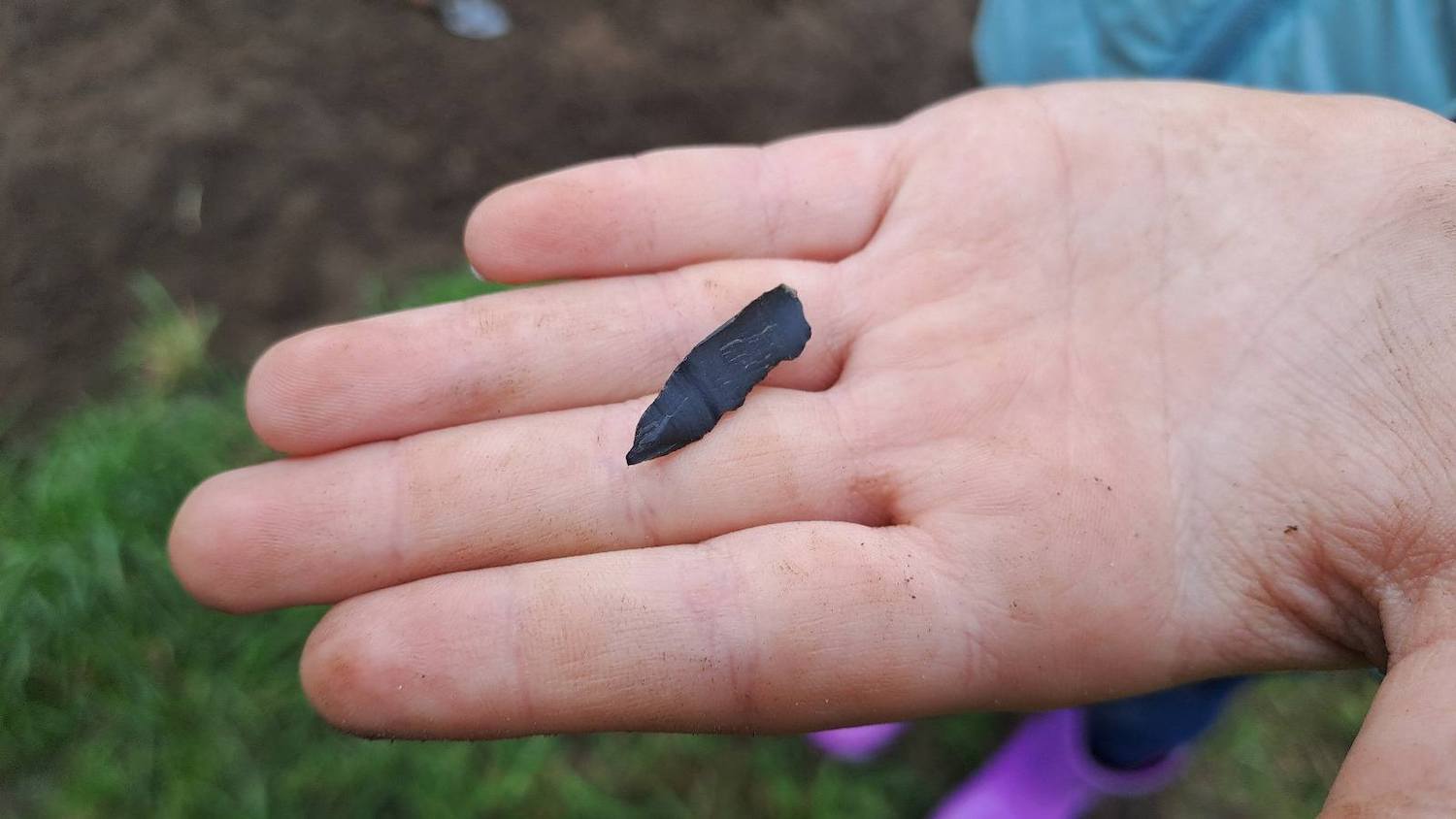
Community Archaeology Program Northern Ireland
News October 24, 2025
Vatican Museums Will Repatriate Objects to Canada’s First Nations

News October 24, 2025
3,000-Year-Old Village Excavated in Czech Republic
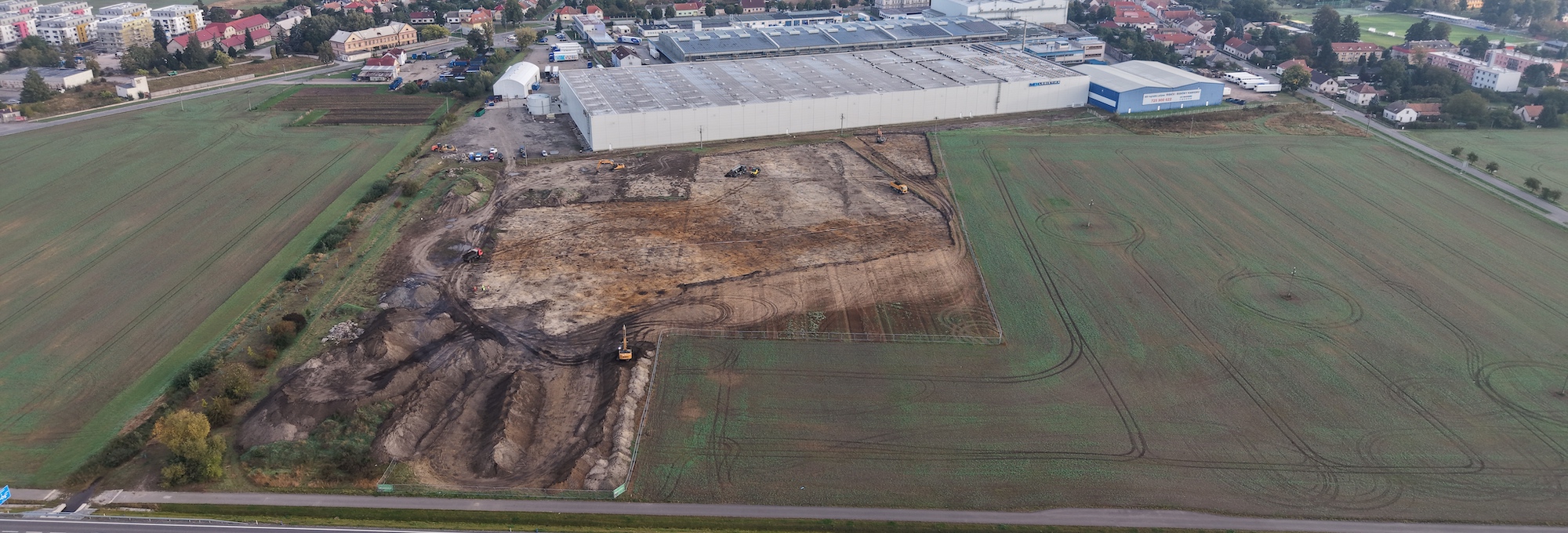
Tomáš Zavoral - East Bohemian Museum in Pardubice
News October 24, 2025
Roman Wine Production Center Discovered in Turkey

News October 23, 2025
Study Revisits Egypt’s “Plague of Akhetaten”

Courtesy Gwil Owen and the Amarna Project
News October 23, 2025
Inscriptions and Massive Walls Revealed in Ancient Anatolian City

News October 23, 2025
Silla Kingdom Tomb Excavated in South Korea
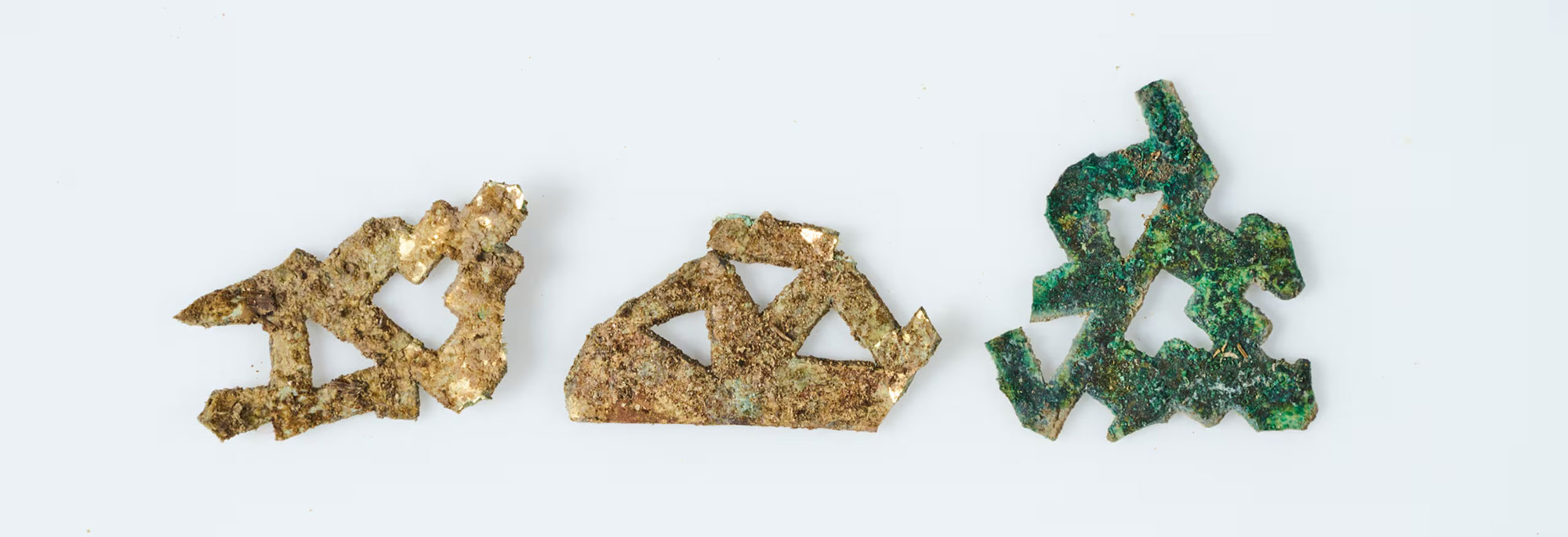
Korea Heritage Service
News October 22, 2025
German Woman Repatriates Illicit Souvenir to Greece
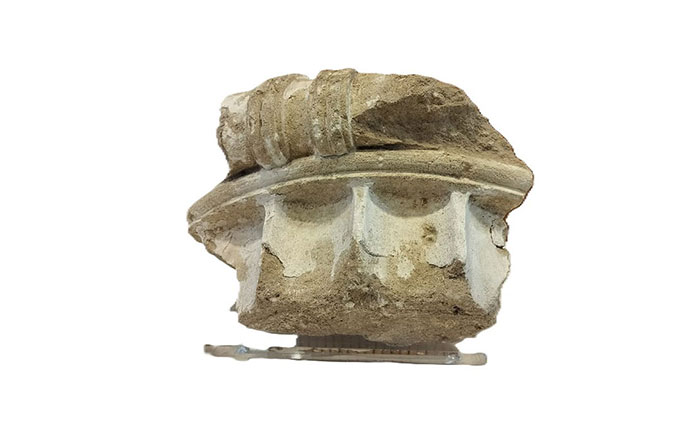
Greek Ministry of Culture and Sports
News October 22, 2025
Ancient Fortress Located on Egypt’s “Way of Horus”
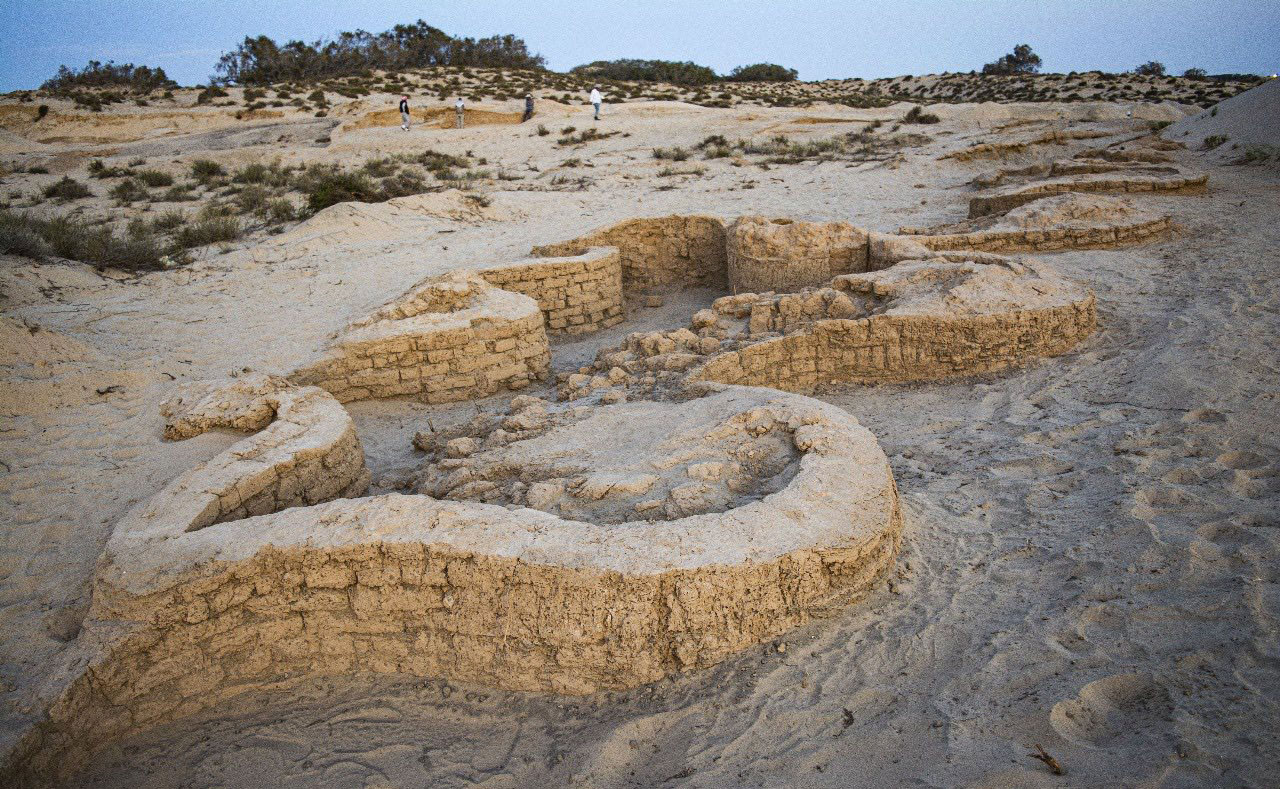
Egyptian Ministry of Tourism and Antiquities
News October 22, 2025
Monumental Roman Tomb Uncovered in Germany
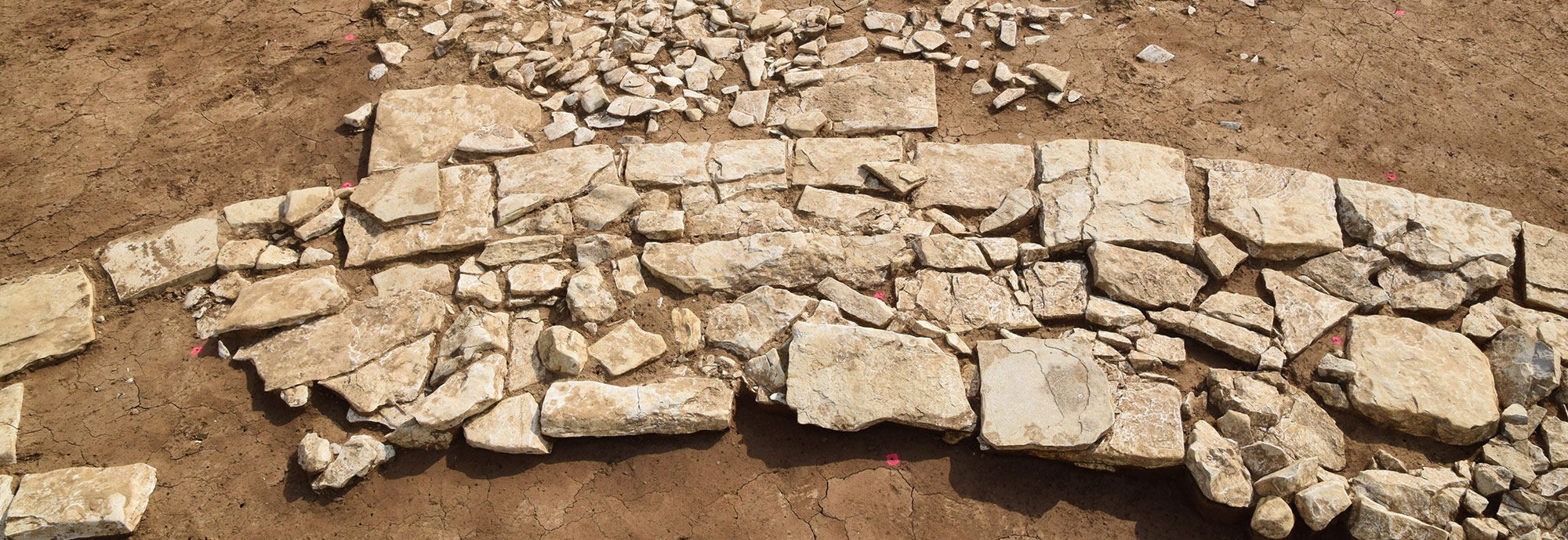
© Archäologiebüro Dr. Woidich GmbH
NEVER MISS AN UPDATE
Sign up for our monthly e-Update which includes highlights of the current issue, links to special collections from the magazine’s archive, and opportunities available only for subscribers.

